Rate Parity - the world as we know it is about to change (again!)
Rate Parity - the world as we know it is about to change (again!)
Utter the words 'rate parity' and we all shudder... after all, ensuring that we have the same rates on all channels - even if we employ the technology of a channel manager, isn't always straight forward. Often the rates aren't updated simultaneously on all channels but that is often the least of our problems.Even today I find hotels with better rates on OTA's than they have on their own site and worse still is better availability. How does this happen? Well, when it comes to availability, the cardinal sin of many hoteliers is to allow OTA's allocations with short release dates. Bad contracting and the 'ignoring' of small print can often leave a hotel in a scenario where they have zero availability directly but are held to a two room allocation on a 24 hour release with an aggressive OTA. Not only are we giving OTA's better availability than we can offer; we are allowing them carte blanche on LRA (last room availability) - something we often don't even give to our high-nett-worth corporates and we are doing all of that and it is costing us to to 25% commission for the privilege! My advice is to re-read those contracts; shy away from allocations when you can and most importantly, understand that OTA's are there for us to use to sell distressed inventory - not provide base business!!!As for differing pricing, too often I see OTA's under-cutting direct rates. Often there is no excuse other than poor revenue management. Either lack of time or under-valuing the importance of a revenue role leads to poor management of rates. Hotels often offer special offers or heavily discounted rates to OTA's in an attempt to gain more business or have their own rates so tightly restricted that it is better value to book through an OTA than to book direct. Frankly, this is inexcusable.The other issue is understanding rate parity as part of the distribution landscape. Some of you may have read industry news (and I am acknowledging Tnooz for my own knowledge on this point), that Booking Holdings (aka booking.com), have recently agreed to push c28 million hotel listings to Sabre Corp - a GDS giant. Even traditional travel sites such as Carlson Wagonlit (CWT) are now pulling rates and inventory from Hotelbeds, one of the largest industry wholesalers.What exactly does this mean to us as in industry? Well I think the signs are fairly clear: the days of working in rate silos are over. If an OTA and a GDS channel are sharing data then the lines definitely become blurred. Add this information to the fact that Booking Holdings recently purchased Hotelscombined and you can see that the definition of OTA v GDS v Wholesaler v Aggregation Site are no longer clear.So what happens next? We need to be ready and by that I mean that 'rate' parity is no longer enough. If we have a commercial landscape where GDS / OTA's / Aggregators and Wholesalers are sharing rates and availability then we as an industry need to adapt. How do you feel about having not only rate parity but cancellation parity, along with terms & conditions parity across all channels. If we no longer can segment rates into differing distribution channels then we need to consider our contracting and pricing moving forward.We can see it right now - all to often I have hotels finding their confidential nett rates displayed on OTA's and although this is certainly not acceptable, we have the power to change this. Without a doubt the chains and multi-nationals may be ahead of us, but these are the considerations that every independent hotel needs to review and with contracting for 2019 upon us, these are considerations we need to make now.My advice is to ask the question... ask where and how your rates will be distributed. Understand the distribution landscape and understand how your hotel will be sold. Protect your rates. Limit availability to when you need it and for goodness sake, read the small print!(and for all things revenue, just ask@rightrevenue.wpengine.com)

